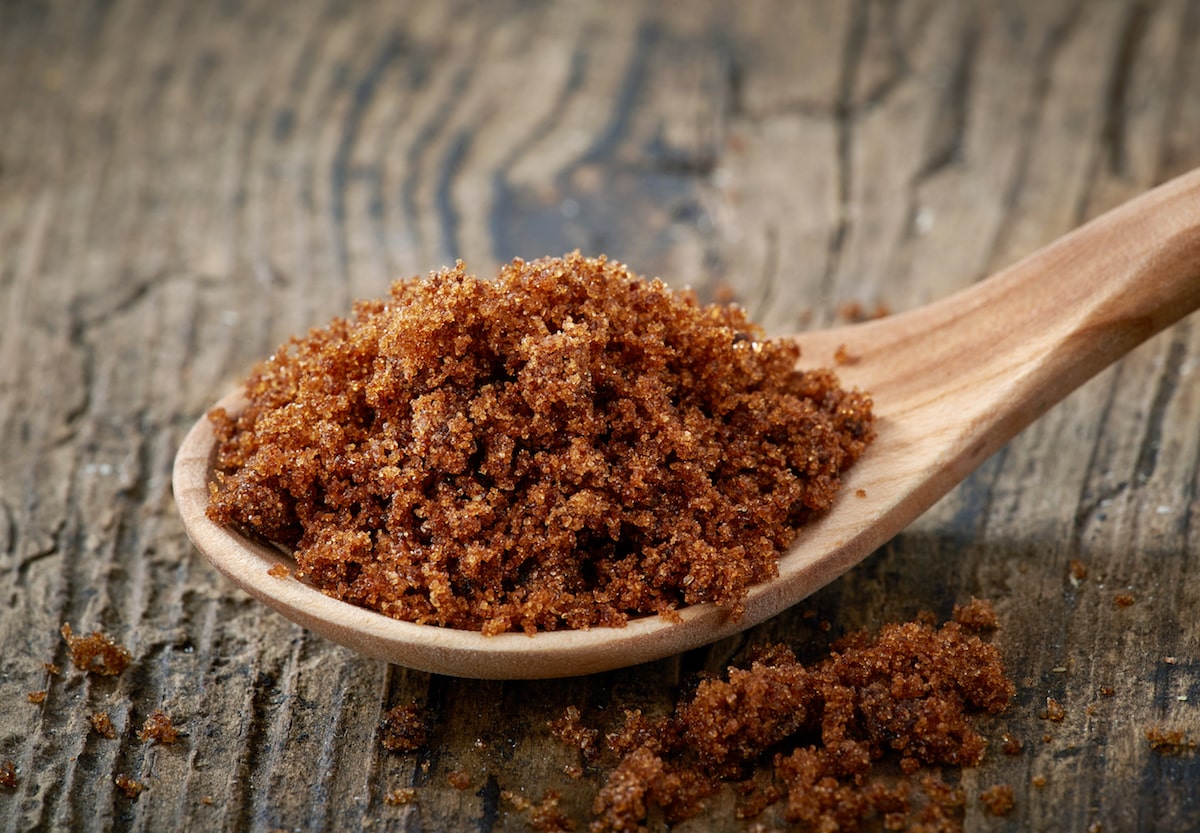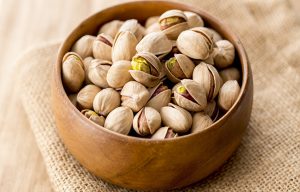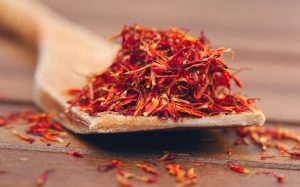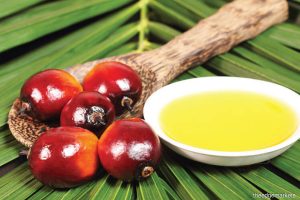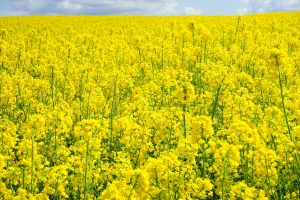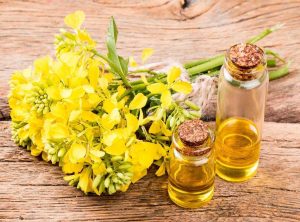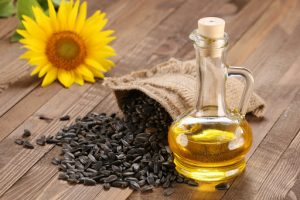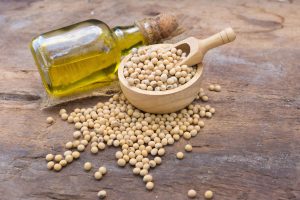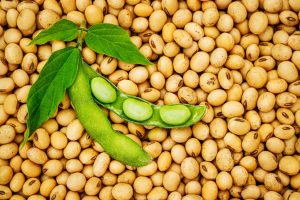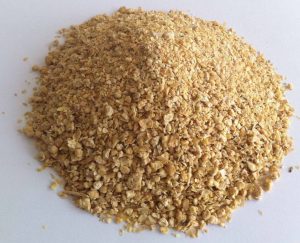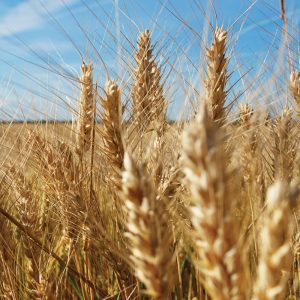Raw sugar—which is technically a processed food—gets its name from a result of the processing step. As sugarcane is refined, molasses is produced as a byproduct. While the molasses is removed during the creation of granulated sugar, some of it is left in raw sugar. This gives the sugar its golden-brown color and caramel-y flavor.
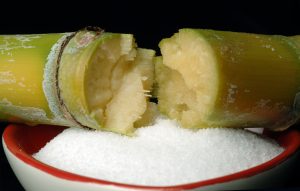
Often referred to on packages as turbinado or Demerara sugar (which you see more often in the UK), raw sugar is always a minimally refined cane sugar. While Turbinado and Demerara sugars sometimes differ in color and granule size, they’re ultimately interchangeable in recipes.
Raw sugar can technically be used as a substitute for granulated sugar in most recipes, but it might affect the overall texture of the bake. Cook’s Illustrated tested swapping in raw sugar for granulated in a number of recipes, and the results were mixed. While they said the raw sugar altered the flavor of the baked goods to be a bit more molasses-forward, it wasn’t a problem. And while the layer cakes the team tested “had a moist and uniform crumb and were fluffier than the cakes made with granulated sugar,” the muffins were “denser and slightly squatter and tougher than those made with granulated sugar.” The team came to the conclusion that raw sugar’s large granules were the culprit of the muffins’ disappointing texture, as they didn’t dissolve as quickly as smaller granulated sugar granules. The quickest fix is to simply grind raw sugar in a clean spice grinder or food processor until it’s roughly the same texture as granulated.

